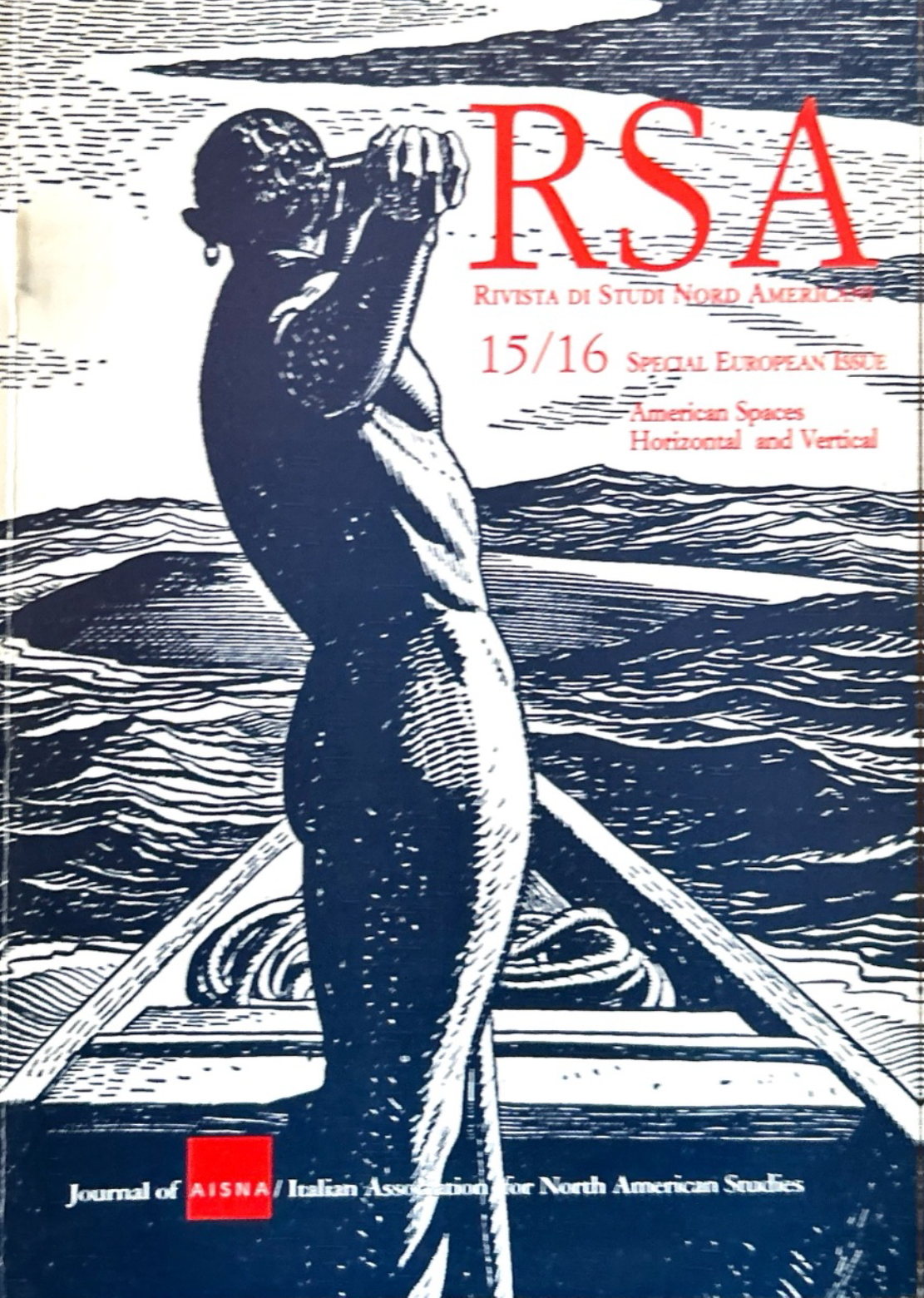Writing the Land
Horizontality, Verticality, and Deep Travel in William Least Heat-Moon's “PrairyErth”
DOI:
https://doi.org/10.13135/1592-4467/8805Keywords:
horizontality, verticality, individual memory, collective memoryAbstract
This paper focuses on the meaning of horizontality and verticality in William Least Heat-Moon's PrairyErth (1991). Part travelogue, part ethnographic research, Heat-Moon's text explores the history and geography of Chase County, a region of 733 square miles and about 3,000 citizens in the middle of the Flint Hills, Kansas. Starting from the concept of "deep travel" that PrairyErth embodies, the paper examines the construction of vertical and horizontal cultural maps, related to the synchronic/diachronic reading of space enacted by the author. The essay is set out in three main sections, that investigate the theme of individual and collective memory, the opposition between European and Native American cultural cartographies, and the relation between open/closed geographies and open/closed textual spaces.
Downloads
Published
Issue
Section
License
RSAJournal will apply a CC BY 4.0 license to all its contributions starting with issue 37 (2026). Previous issues are licensed under a CC BY-NC-ND licence.





